? ? ? 虛擬文件系統(tǒng)(VFS)是linux內核和具體I/O設備之間的封裝的一層共通訪問接口,通過這層接口,linux內核可以以同一的方式訪問各種I/O設備。
虛擬文件系統(tǒng)本身是linux內核的一部分,是純軟件的東西,并不需要任何硬件的支持。
1. 虛擬文件系統(tǒng)的作用
虛擬文件系統(tǒng)(VFS)是linux內核和存儲設備之間的抽象層,主要有以下好處。
- 簡化了應用程序的開發(fā):應用通過統(tǒng)一的系統(tǒng)調用訪問各種存儲介質
- 簡化了新文件系統(tǒng)加入內核的過程:新文件系統(tǒng)只要實現(xiàn)VFS的各個接口即可,不需要修改內核部分
2. 虛擬文件系統(tǒng)的4個主要對象
虛擬文件中的4個主要對象,具體每個對象的含義參見如下的詳細介紹。
2.1 超級塊
超級塊(super_block)主要存儲文件系統(tǒng)相關的信息,這是個針對文件系統(tǒng)級別的概念。
它一般存儲在磁盤的特定扇區(qū)中,但是對于那些基于內存的文件系統(tǒng)(比如proc,sysfs),超級塊是在使用時創(chuàng)建在內存中的。
超級塊的定義在:
/* * 超級塊結構中定義的字段非常多, * 這里只介紹一些重要的屬性 */struct super_block { struct list_head s_list; /* 指向所有超級塊的鏈表 */ const struct super_operations *s_op; /* 超級塊方法 */ struct dentry *s_root; /* 目錄掛載點 */ struct mutex s_lock; /* 超級塊信號量 */ int s_count; /* 超級塊引用計數(shù) */ struct list_head s_inodes; /* inode鏈表 */ struct mtd_info *s_mtd; /* 存儲磁盤信息 */ fmode_t s_mode; /* 安裝權限 */};/* * 其中的 s_op 中定義了超級塊的操作方法 * 這里只介紹一些相對重要的函數(shù) */struct super_operations { struct inode *(*alloc_inode)(struct super_block *sb); /* 創(chuàng)建和初始化一個索引節(jié)點對象 */ void (*destroy_inode)(struct inode *); /* 釋放給定的索引節(jié)點 */ void (*dirty_inode) (struct inode *); /* VFS在索引節(jié)點被修改時會調用這個函數(shù) */ int (*write_inode) (struct inode *, int); /* 將索引節(jié)點寫入磁盤,wait表示寫操作是否需要同步 */ void (*drop_inode) (struct inode *); /* 最后一個指向索引節(jié)點的引用被刪除后,VFS會調用這個函數(shù) */ void (*delete_inode) (struct inode *); /* 從磁盤上刪除指定的索引節(jié)點 */ void (*put_super) (struct super_block *); /* 卸載文件系統(tǒng)時由VFS調用,用來釋放超級塊 */ void (*write_super) (struct super_block *); /* 用給定的超級塊更新磁盤上的超級塊 */ int (*sync_fs)(struct super_block *sb, int wait); /* 使文件系統(tǒng)中的數(shù)據(jù)與磁盤上的數(shù)據(jù)同步 */ int (*statfs) (struct dentry *, struct kstatfs *); /* VFS調用該函數(shù)獲取文件系統(tǒng)狀態(tài) */ int (*remount_fs) (struct super_block *, int *, char *); /* 指定新的安裝選項重新安裝文件系統(tǒng)時,VFS會調用該函數(shù) */ void (*clear_inode) (struct inode *); /* VFS調用該函數(shù)釋放索引節(jié)點,并清空包含相關數(shù)據(jù)的所有頁面 */ void (*umount_begin) (struct super_block *); /* VFS調用該函數(shù)中斷安裝操作 */};
2.2 索引節(jié)點
索引節(jié)點是VFS中的核心概念,它包含內核在操作文件或目錄時需要的全部信息。
一個索引節(jié)點代表文件系統(tǒng)中的一個文件(這里的文件不僅是指我們平時所認為的普通的文件,還包括目錄,特殊設備文件等等)。
索引節(jié)點和超級塊一樣是實際存儲在磁盤上的,當被應用程序訪問到時才會在內存中創(chuàng)建。
索引節(jié)點定義在:
/* * 索引節(jié)點結構中定義的字段非常多, * 這里只介紹一些重要的屬性 */struct inode { struct hlist_node i_hash; /* 散列表,用于快速查找inode */ struct list_head i_list; /* 索引節(jié)點鏈表 */ struct list_head i_sb_list; /* 超級塊鏈表超級塊 */ struct list_head i_dentry; /* 目錄項鏈表 */ unsigned long i_ino; /* 節(jié)點號 */ atomic_t i_count; /* 引用計數(shù) */ unsigned int i_nlink; /* 硬鏈接數(shù) */ uid_t i_uid; /* 使用者id */ gid_t i_gid; /* 使用組id */ struct timespec i_atime; /* 最后訪問時間 */ struct timespec i_mtime; /* 最后修改時間 */ struct timespec i_ctime; /* 最后改變時間 */ const struct inode_operations *i_op; /* 索引節(jié)點操作函數(shù) */ const struct file_operations *i_fop; /* 缺省的索引節(jié)點操作 */ struct super_block *i_sb; /* 相關的超級塊 */ struct address_space *i_mapping; /* 相關的地址映射 */ struct address_space i_data; /* 設備地址映射 */ unsigned int i_flags; /* 文件系統(tǒng)標志 */ void *i_private; /* fs 私有指針 */};/* * 其中的 i_op 中定義了索引節(jié)點的操作方法 * 這里只介紹一些相對重要的函數(shù) */struct inode_operations { /* 為dentry對象創(chuàng)造一個新的索引節(jié)點 */ int (*create) (struct inode *,struct dentry *,int, struct nameidata *); /* 在特定文件夾中尋找索引節(jié)點,該索引節(jié)點要對應于dentry中給出的文件名 */ struct dentry * (*lookup) (struct inode *,struct dentry *, struct nameidata *); /* 創(chuàng)建硬鏈接 */ int (*link) (struct dentry *,struct inode *,struct dentry *); /* 從一個符號鏈接查找它指向的索引節(jié)點 */ void * (*follow_link) (struct dentry *, struct nameidata *); /* 在 follow_link調用之后,該函數(shù)由VFS調用進行清除工作 */ void (*put_link) (struct dentry *, struct nameidata *, void *); /* 該函數(shù)由VFS調用,用于修改文件的大小 */ void (*truncate) (struct inode *);};
2.3 目錄項
和超級塊和索引節(jié)點不同,目錄項并不是實際存在于磁盤上的。
在使用的時候在內存中創(chuàng)建目錄項對象,其實通過索引節(jié)點已經(jīng)可以定位到指定的文件,
但是索引節(jié)點對象的屬性非常多,在查找,比較文件時,直接用索引節(jié)點效率不高,所以引入了目錄項的概念。
路徑中的每個部分都是一個目錄項,比如路徑: /mnt/cdrom/foo/bar 其中包含5個目錄項,/ mnt cdrom foo bar
每個目錄項對象都有3種狀態(tài):被使用,未使用和負狀態(tài)
- 被使用:對應一個有效的索引節(jié)點,并且該對象由一個或多個使用者
- 未使用:對應一個有效的索引節(jié)點,但是VFS當前并沒有使用這個目錄項
- 負狀態(tài):沒有對應的有效索引節(jié)點(可能索引節(jié)點被刪除或者路徑不存在了)
目錄項的目的就是提高文件查找,比較的效率,所以訪問過的目錄項都會緩存在slab中。
slab中緩存的名稱一般就是 dentry,可以通過如下命令查看:
[wangyubin@localhost kernel]$ sudo cat /proc/slabinfo | grep dentrydentry 212545 212625 192 21 1 : tunables 0 0 0 : slabdata 10125 10125 0
目錄項定義在:
/* 目錄項對象結構 */struct dentry { atomic_t d_count; /* 使用計數(shù) */ unsigned int d_flags; /* 目錄項標識 */ spinlock_t d_lock; /* 單目錄項鎖 */ int d_mounted; /* 是否登錄點的目錄項 */ struct inode *d_inode; /* 相關聯(lián)的索引節(jié)點 */ struct hlist_node d_hash; /* 散列表 */ struct dentry *d_parent; /* 父目錄的目錄項對象 */ struct qstr d_name; /* 目錄項名稱 */ struct list_head d_lru; /* 未使用的鏈表 */ /* * d_child and d_rcu can share memory */ union { struct list_head d_child; /* child of parent list */ struct rcu_head d_rcu; } d_u; struct list_head d_subdirs; /* 子目錄鏈表 */ struct list_head d_alias; /* 索引節(jié)點別名鏈表 */ unsigned long d_time; /* 重置時間 */ const struct dentry_operations *d_op; /* 目錄項操作相關函數(shù) */ struct super_block *d_sb; /* 文件的超級塊 */ void *d_fsdata; /* 文件系統(tǒng)特有數(shù)據(jù) */ unsigned char d_iname[DNAME_INLINE_LEN_MIN]; /* 短文件名 */};/* 目錄項相關操作函數(shù) */struct dentry_operations { /* 該函數(shù)判斷目錄項對象是否有效。VFS準備從dcache中使用一個目錄項時會調用這個函數(shù) */ int (*d_revalidate)(struct dentry *, struct nameidata *); /* 為目錄項對象生成hash值 */ int (*d_hash) (struct dentry *, struct qstr *); /* 比較 qstr 類型的2個文件名 */ int (*d_compare) (struct dentry *, struct qstr *, struct qstr *); /* 當目錄項對象的 d_count 為0時,VFS調用這個函數(shù) */ int (*d_delete)(struct dentry *); /* 當目錄項對象將要被釋放時,VFS調用該函數(shù) */ void (*d_release)(struct dentry *); /* 當目錄項對象丟失其索引節(jié)點時(也就是磁盤索引節(jié)點被刪除了),VFS會調用該函數(shù) */ void (*d_iput)(struct dentry *, struct inode *); char *(*d_dname)(struct dentry *, char *, int);};
2.4 文件對象
文件對象表示進程已打開的文件,從用戶角度來看,我們在代碼中操作的就是一個文件對象。
文件對象反過來指向一個目錄項對象(目錄項反過來指向一個索引節(jié)點)
其實只有目錄項對象才表示一個已打開的實際文件,雖然一個文件對應的文件對象不是唯一的,但其對應的索引節(jié)點和目錄項對象卻是唯一的。
文件對象的定義在:
/* * 文件對象結構中定義的字段非常多, * 這里只介紹一些重要的屬性 */struct file { union { struct list_head fu_list; /* 文件對象鏈表 */ struct rcu_head fu_rcuhead; /* 釋放之后的RCU鏈表 */ } f_u; struct path f_path; /* 包含的目錄項 */ const struct file_operations *f_op; /* 文件操作函數(shù) */ atomic_long_t f_count; /* 文件對象引用計數(shù) */};/* * 其中的 f_op 中定義了文件對象的操作方法 * 這里只介紹一些相對重要的函數(shù) */struct file_operations { /* 用于更新偏移量指針,由系統(tǒng)調用lleek()調用它 */ loff_t (*llseek) (struct file *, loff_t, int); /* 由系統(tǒng)調用read()調用它 */ ssize_t (*read) (struct file *, char __user *, size_t, loff_t *); /* 由系統(tǒng)調用write()調用它 */ ssize_t (*write) (struct file *, const char __user *, size_t, loff_t *); /* 由系統(tǒng)調用 aio_read() 調用它 */ ssize_t (*aio_read) (struct kiocb *, const struct iovec *, unsigned long, loff_t); /* 由系統(tǒng)調用 aio_write() 調用它 */ ssize_t (*aio_write) (struct kiocb *, const struct iovec *, unsigned long, loff_t); /* 將給定文件映射到指定的地址空間上,由系統(tǒng)調用 mmap 調用它 */ int (*mmap) (struct file *, struct vm_area_struct *); /* 創(chuàng)建一個新的文件對象,并將它和相應的索引節(jié)點對象關聯(lián)起來 */ int (*open) (struct inode *, struct file *); /* 當已打開文件的引用計數(shù)減少時,VFS調用該函數(shù) */ int (*flush) (struct file *, fl_owner_t id);};
2.5 四個對象之間關系圖
上面分別介紹了4種對象分別的屬性和方法,下面用圖來展示這4個對象的和VFS之間關系以及4個對象之間的關系。
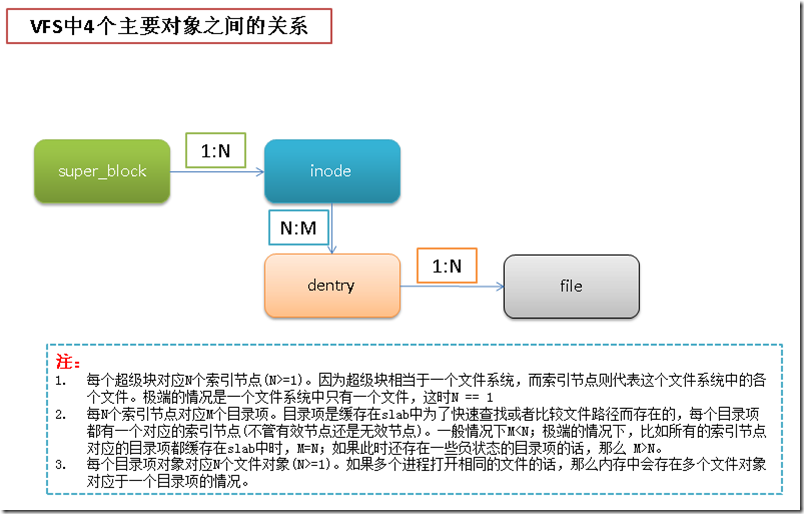
3. 文件系統(tǒng)相關的數(shù)據(jù)結構
處理上面4個主要的對象之外,VFS中還有2個專門針對文件系統(tǒng)的2個對象,
- struct file_system_type: 用來描述文件系統(tǒng)的類型(比如ext3,ntfs等等)
- struct vfsmount??????? : 描述一個安裝文件系統(tǒng)的實例
file_system_type 結構體位于:
struct file_system_type { const char *name; /* 文件系統(tǒng)名稱 */ int fs_flags; /* 文件系統(tǒng)類型標志 */ /* 從磁盤中讀取超級塊,并且在文件系統(tǒng)被安裝時,在內存中組裝超級塊對象 */ int (*get_sb) (struct file_system_type *, int, const char *, void *, struct vfsmount *); /* 終止訪問超級塊 */ void (*kill_sb) (struct super_block *); struct module *owner; /* 文件系統(tǒng)模塊 */ struct file_system_type * next; /* 鏈表中下一個文件系統(tǒng)類型 */ struct list_head fs_supers; /* 超級塊對象鏈表 */ /* 下面都是運行時的鎖 */ struct lock_class_key s_lock_key; struct lock_class_key s_umount_key; struct lock_class_key i_lock_key; struct lock_class_key i_mutex_key; struct lock_class_key i_mutex_dir_key; struct lock_class_key i_alloc_sem_key;};
每種文件系統(tǒng),不管由多少個實例安裝到系統(tǒng)中,還是根本沒有安裝到系統(tǒng)中,都只有一個 file_system_type 結構。
當文件系統(tǒng)被實際安裝時,會在安裝點創(chuàng)建一個 vfsmount 結構體。
結構體代表文件系統(tǒng)的實例,也就是文件系統(tǒng)被安裝幾次,就會創(chuàng)建幾個 vfsmount
vfsmount 的定義參見:
struct vfsmount { struct list_head mnt_hash; /* 散列表 */ struct vfsmount *mnt_parent; /* 父文件系統(tǒng),也就是要掛載到哪個文件系統(tǒng) */ struct dentry *mnt_mountpoint; /* 安裝點的目錄項 */ struct dentry *mnt_root; /* 該文件系統(tǒng)的根目錄項 */ struct super_block *mnt_sb; /* 該文件系統(tǒng)的超級塊 */ struct list_head mnt_mounts; /* 子文件系統(tǒng)鏈表 */ struct list_head mnt_child; /* 子文件系統(tǒng)鏈表 */ int mnt_flags; /* 安裝標志 */ /* 4 bytes hole on 64bits arches */ const char *mnt_devname; /* 設備文件名 e.g. /dev/dsk/hda1 */ struct list_head mnt_list; /* 描述符鏈表 */ struct list_head mnt_expire; /* 到期鏈表的入口 */ struct list_head mnt_share; /* 共享安裝鏈表的入口 */ struct list_head mnt_slave_list;/* 從安裝鏈表 */ struct list_head mnt_slave; /* 從安裝鏈表的入口 */ struct vfsmount *mnt_master; /* 從安裝鏈表的主人 */ struct mnt_namespace *mnt_ns; /* 相關的命名空間 */ int mnt_id; /* 安裝標識符 */ int mnt_group_id; /* 組標識符 */ /* * We put mnt_count & mnt_expiry_mark at the end of struct vfsmount * to let these frequently modified fields in a separate cache line * (so that reads of mnt_flags wont ping-pong on SMP machines) */ atomic_t mnt_count; /* 使用計數(shù) */ int mnt_expiry_mark; /* 如果標記為到期,則為 True */ int mnt_pinned; /* "釘住"進程計數(shù) */ int mnt_ghosts; /* "鏡像"引用計數(shù) */#ifdef CONFIG_SMP int *mnt_writers; /* 寫者引用計數(shù) */#else int mnt_writers; /* 寫者引用計數(shù) */#endif};
4. 進程相關的數(shù)據(jù)結構
以上介紹的都是在內核角度看到的 VFS 各個結構,所以結構體中包含的屬性非常多。
而從進程的角度來看的話,大多數(shù)時候并不需要那么多的屬性,所有VFS通過以下3個結構體和進程緊密聯(lián)系在一起。
- struct files_struct? :由進程描述符中的 files 目錄項指向,所有與單個進程相關的信息(比如打開的文件和文件描述符)都包含在其中。
- struct fs_struct???? :由進程描述符中的 fs 域指向,包含文件系統(tǒng)和進程相關的信息。
- struct mmt_namespace :由進程描述符中的 mmt_namespace 域指向。
struct files_struct 位于:
struct files_struct { atomic_t count; /* 使用計數(shù) */ struct fdtable *fdt; /* 指向其他fd表的指針 */ struct fdtable fdtab;/* 基 fd 表 */ spinlock_t file_lock ____cacheline_aligned_in_smp; /* 單個文件的鎖 */ int next_fd; /* 緩存下一個可用的fd */ struct embedded_fd_set close_on_exec_init; /* exec()時關閉的文件描述符鏈表 */ struct embedded_fd_set open_fds_init; /* 打開的文件描述符鏈表 */ struct file * fd_array[NR_OPEN_DEFAULT]; /* 缺省的文件對象數(shù)組 */};
struct fs_struct 位于:
struct fs_struct { int users; /* 用戶數(shù)目 */ rwlock_t lock; /* 保護結構體的讀寫鎖 */ int umask; /* 掩碼 */ int in_exec; /* 當前正在執(zhí)行的文件 */ struct path root, pwd; /* 根目錄路徑和當前工作目錄路徑 */};
struct mmt_namespace 位于:
但是在2.6內核之后似乎沒有這個結構體了,而是用 struct nsproxy 來代替。
以下是 struct task_struct 結構體中關于文件系統(tǒng)的3個屬性。
struct task_struct 的定義位于:
/* filesystem information */ struct fs_struct *fs;/* open file information */ struct files_struct *files;/* namespaces */ struct nsproxy *nsproxy;
?
 電子發(fā)燒友App
電子發(fā)燒友App











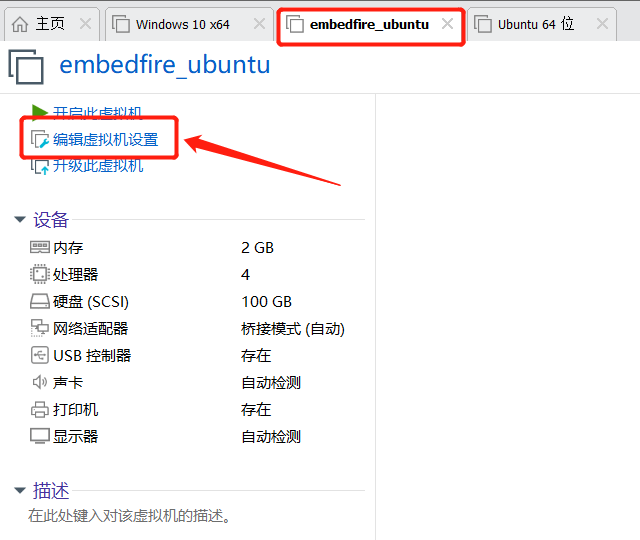
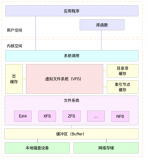



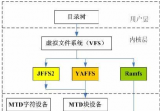

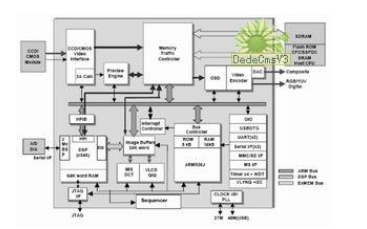
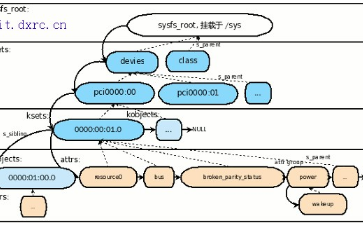
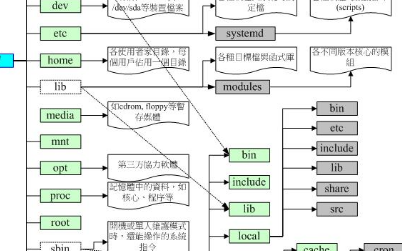
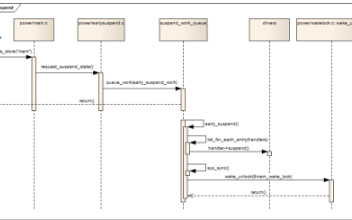
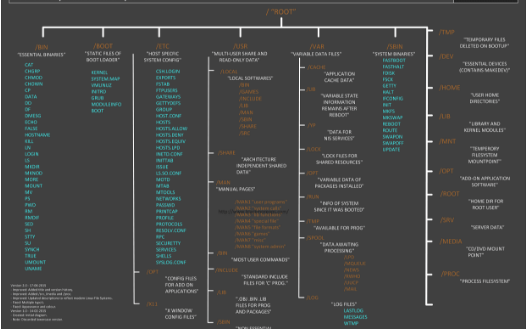
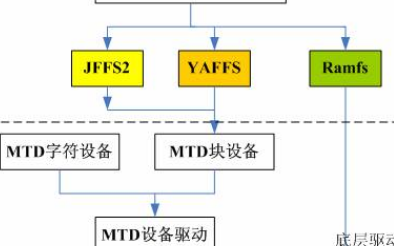
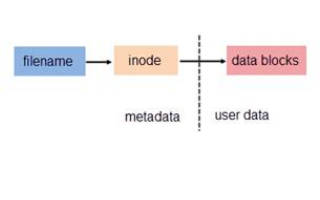
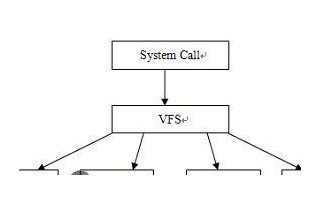


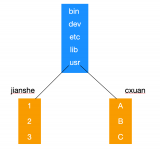
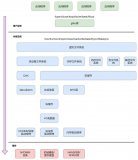
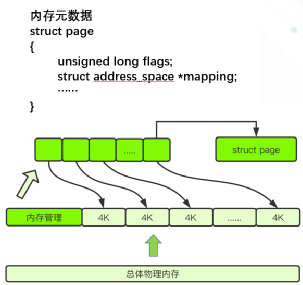

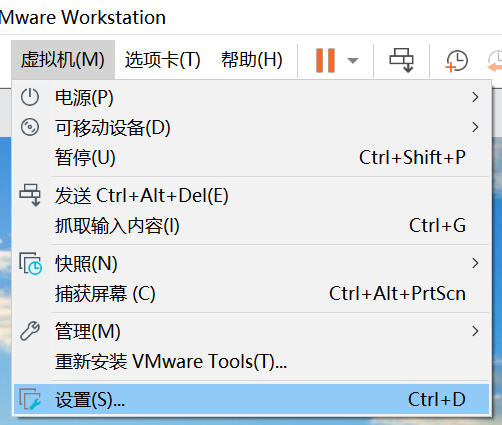

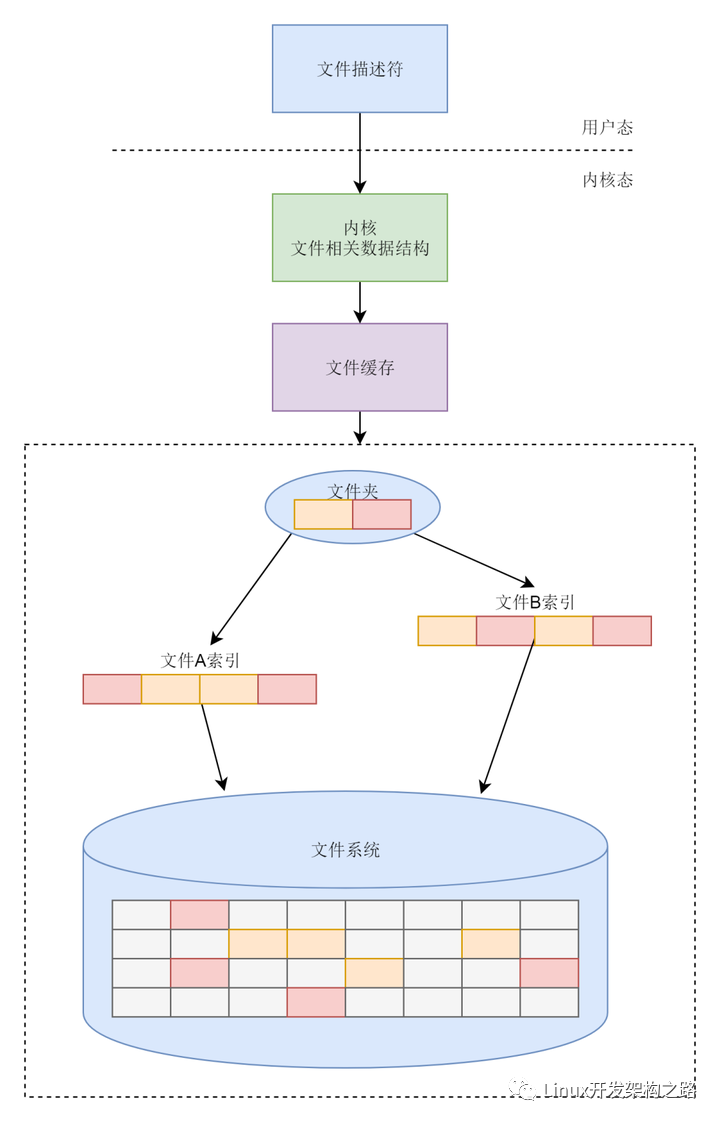
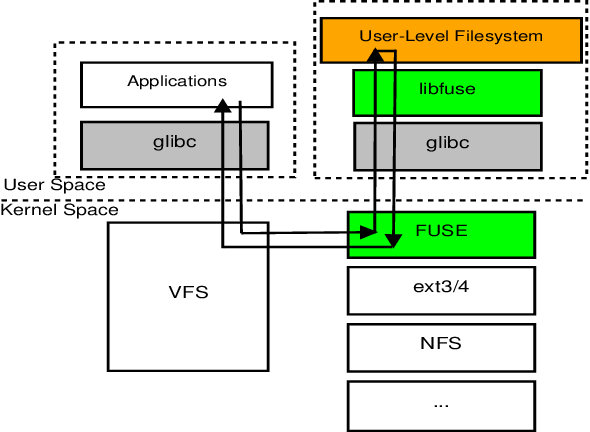










評論